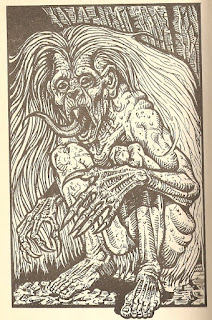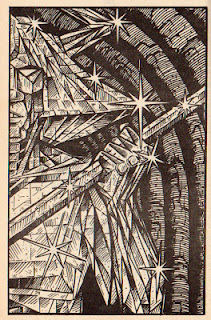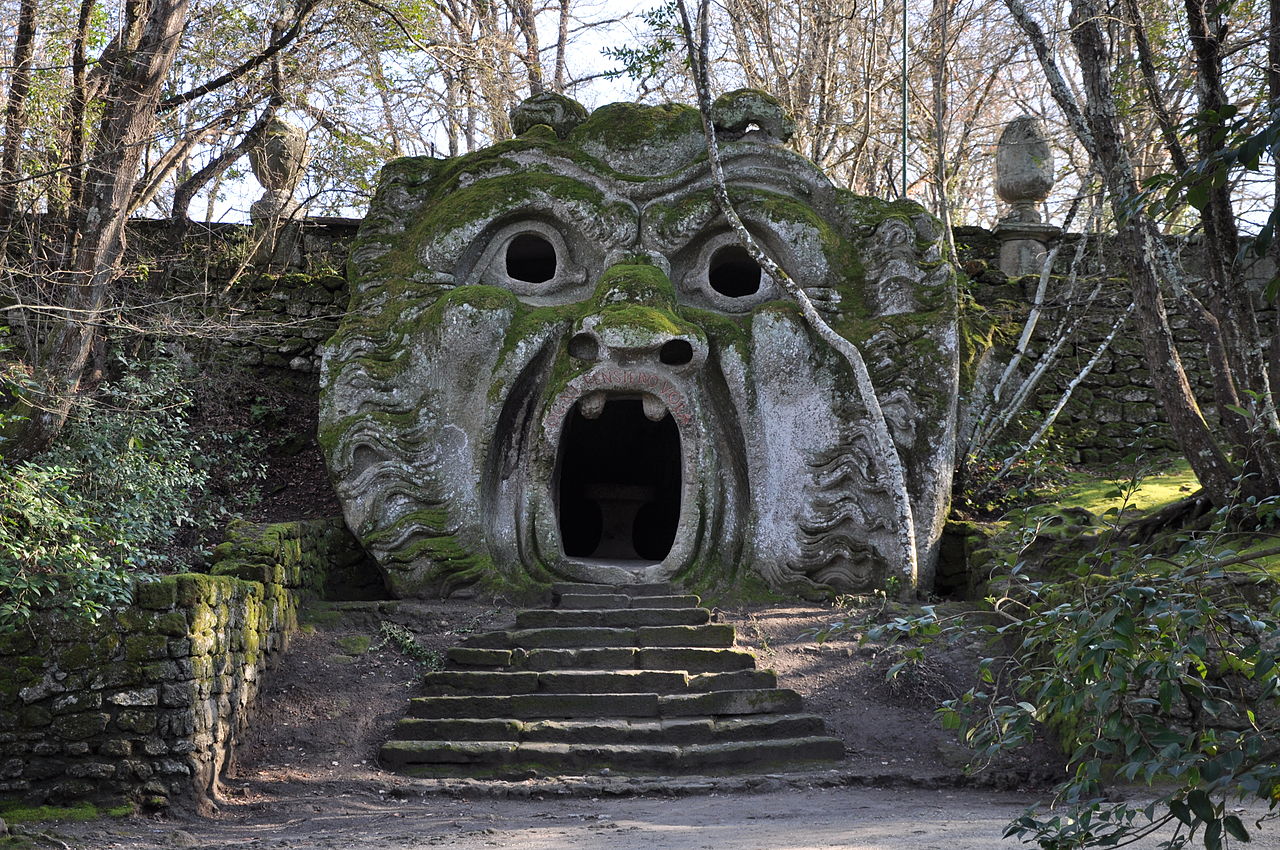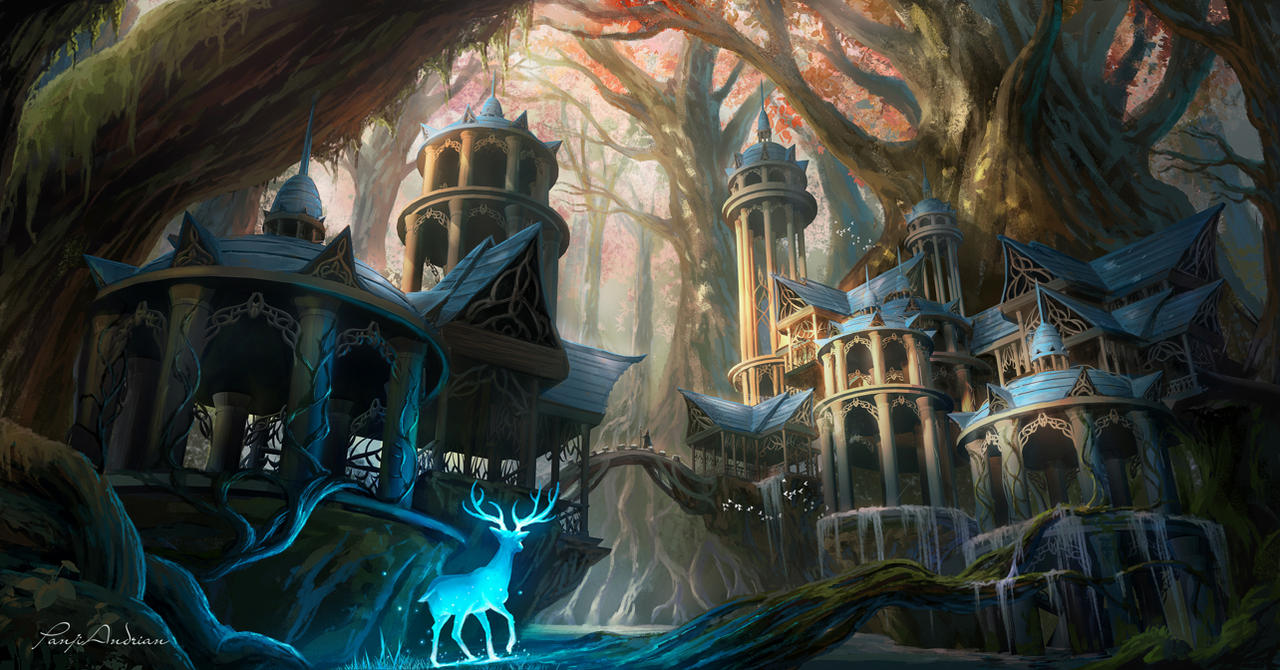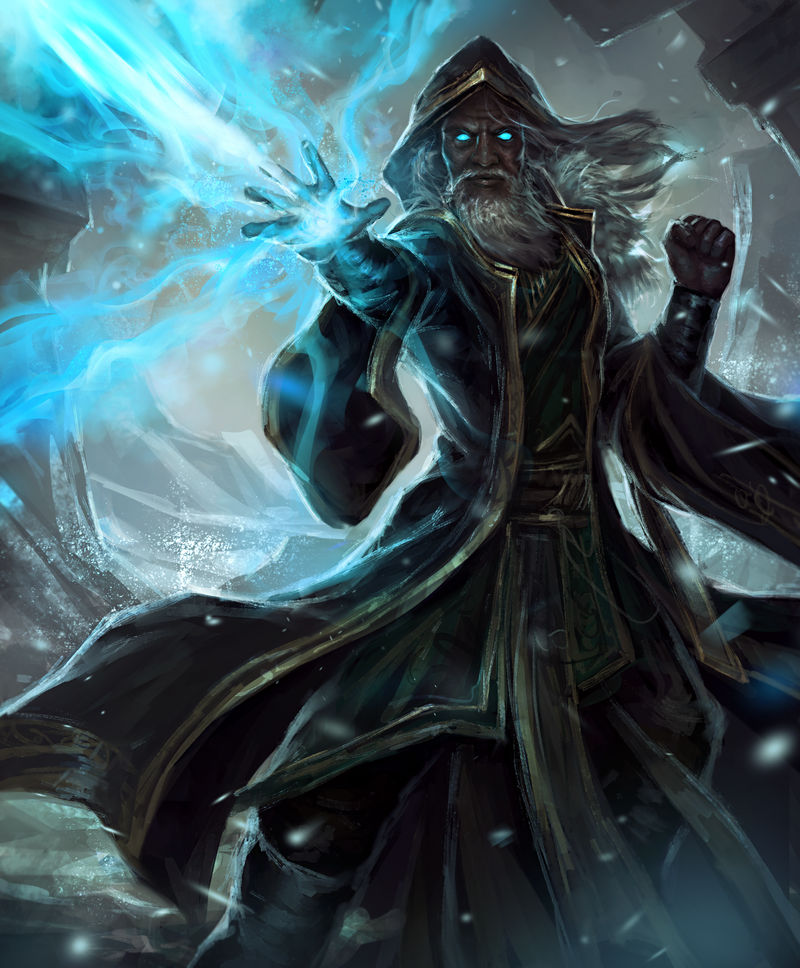In this campaign there are still many different languages, but not exactly one per species or intelligent monster type - languages are often shared by different monstrous races. In a similar way, the Common tongue is now split into three regional versions of Common, like Arabic across the middle east, or Spanish across Central and South America. People from different nations or cities may have slight differences in phrases or vocabulary, and may have accents but they will understand each other if they have the same version of Common.
There are no alignment languages as far as this campaign is concerned - alignment language has not sat well with me. Although within a particular faith or religion this could be understood (e.g. Latin for Catholics, Arabic for Muslims). the idea that monsters would speak the same alignment language does not make sense to me. This part of Moldvay's rules in particular irks me:
The idea of magically forgetting or learning a language because of a change in attitude just jars with me.
The major languages in this campaign are:
Alphatian Common: Spoken in Alphatia and its dominions, including Bellissaria and Esterhold. Those outside this area simply refer to it as Alphatian.
Demonic: Spoken by lesser demons, but also some chaotic monsters that are not proper demons. Minotaurs, medusas, manticores and harpies all speak demonic, and some also speak common. This has implications for the true origins of such monsters.
Draconic: Spoken by all dragon races (Blue, Black, White, Green, Red, Gold) if the individual dragon can speak.
Dwarvish: Spoken by dwarves, and is the national language of Rockhome. It is also spoken by gnomes who have a strong accent and sometimes have their own words for things - this has caused some scholars to regard gnomish as its own language, though anyone who speaks dwarvish can get by when dealing with gnomes (including all dwarf PCs).
Elvish: Spoken by elves and is the national language of Alfheim. Because of elvish records going back so long, it is one of the oldest languages that is still spoken and written in Mystara and it has not changed much since the days of Blackmoor (think of the gradual change from Shakespearean English to modern English).
Fey: Spoken by pixies, sprites, dryads, nixies and other faerie folk. Although it sounds rather like elvish to foreign ears, it is its own distinct language.
Giantish: Spoken by all giant races (Stone, Hill, Frost, Fire, Cloud, Storm) as well as ogres, cyclopes and related creatures.
Goblinish: Spoken by goblins, hobgoblins, bugbears and kobolds. Can automatically be learned by PC dwarves and elves as a racial ability. It is the second language of the broken lands.,
Hinnish: The language of halflings. It is the national language of the Five Shires. When spoken properly it is accompanied by a lot of hand gestures that form an accompanying sign language. Although not a full language in itself, this hand-signing means that halflings are better at gesturing to each other when silence is required.
Hule Common: West of the Great Waste, this is the common language, spoken across much of the Savage Coast. Some people of Sind also speak this though Thyatian common is the official language of Sind.
Orcish: Spoken by orcs, gnolls and also some ogres and trolls, it is the main language of the Broken Lands. Elf PCs can automatically learn this as a racial ability.
Saurian: Spoken by lizardfolk, troglodytes, Gatormen, Caymen, Calacorms and similar reptilian humanoids. Crucially when up close this language also involves the release of certain pheromones. Although creatures without these pheromones can still be understood, it is clear that they are not "native" speakers.
Thieves' Cant is not so much a true language on its own so much as a combination of slang, codewords, jargon and the like that thieves can understand but nearby civilians cannot thus keeping the conversation relatively confidential, without sounding obviously foreign. Since it is derived from the Common tongue, each common tongue has its own Thieves Cant, so a thieves guild in Alphatia will speak a different thieves cant from a gang of thieves in Thyatis.
Thyatian Common: Spoken by humans and demihumans across most of eastern Brun, including Karameikos, Darokin, Ierendi, Minrothad, Glantri, the Northern Reaches, Sind, Ethengar and of course Thyatis and its dominions.
Yavian: Spoken by the human inhabitants of the Serpent Peninsula including Yavdlom and Ulimwengu (the Karimari) though more travelled members of those nations also speak Thyatian Common. The human natives of the Isle of Dread and Thanigoth Archipelago also speak a dialect of Yavian - native Yavian speakers can just about understand these Thanigothians but those from the nations to the north have to treat Thanigothian as a separate language.
Thanks to
Noisms and his
post about languages that helped inspire this post, and also the writers of 3E D&D who decided that not all species require their own languages.
